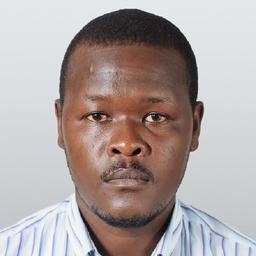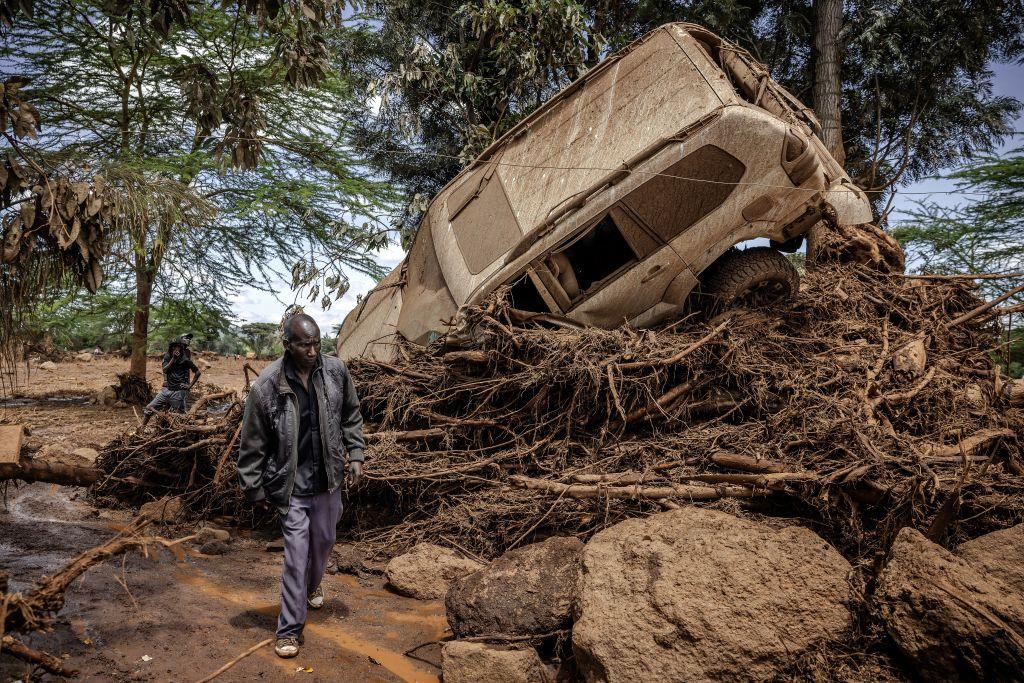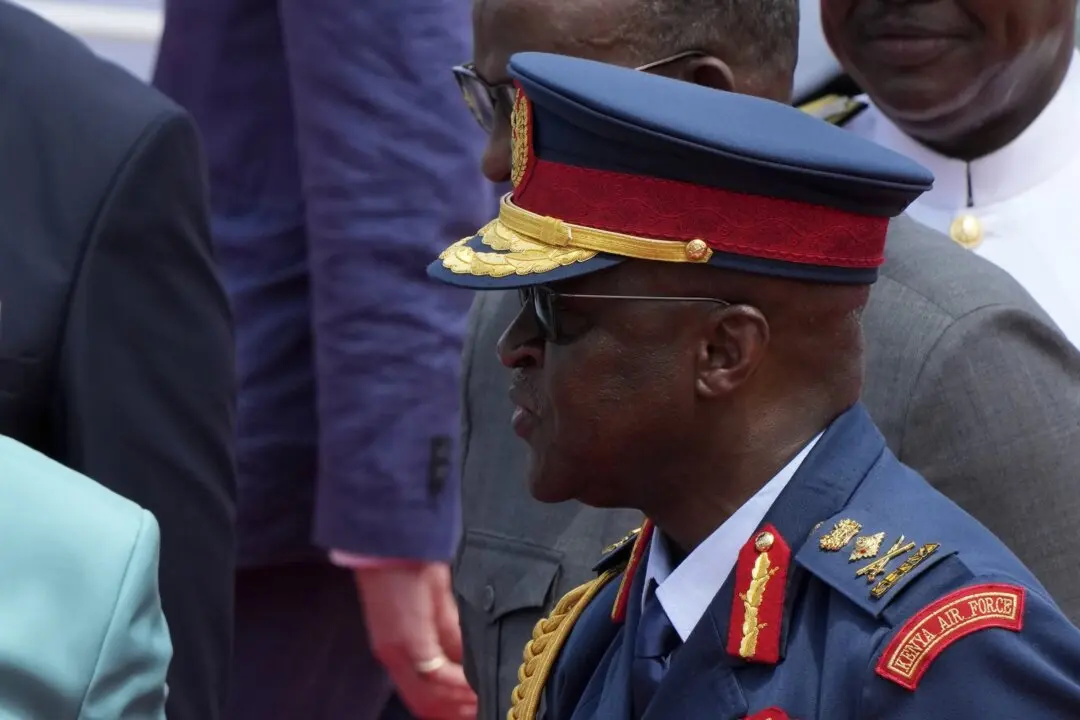LOOSUK, Kenya—When Doris Nailashu took her primary school certificate exams three years ago, she was only 13 and had ambitions of completing secondary school and even university. She had the full support of her mother, who wanted her to pursue higher education.
But among the Samburu community in north-central Kenya, a woman’s voice is not to be heard. Since Nailashu had lost her father, her family was now under the care of her uncle—her father’s brother—and he was the one calling the shots. In fact, he already had a plan set in place for Nailashu: She was to be married off.





